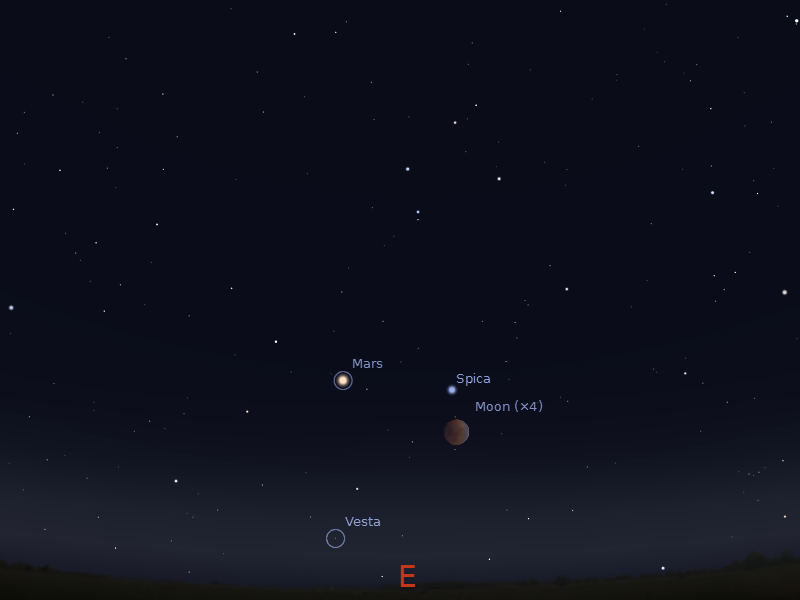i attended a funeral today for a woman i did not know well, but who made a strong impression on me. i work with her husband. the times i saw them together i was struck by how much they adored each other. in many photos i've seen of the two of them, she touched his face in a noticeable, natural way. she will be missed.
in her honor i share this poem by walt whitman,
on the beach at night.
On the beach, at night,
Stands a child with her father,
Watching the east, the autumn sky.
Up through the darkness,
While ravening clouds, the burial clouds, in black masses spreading,
Lower, sullen and fast, athwart and down the sky,
Amid a transparent clear belt of ether yet left in the east,
Ascends, large and calm, the lord-star Jupiter;
And nigh at hand, only a very little above,
Swim the delicate sisters, the Pleiades.
From the beach the chil, holding the hand of her father,
Those burial-clouds that lower, victorious, soon to devour all,
Watching, silently weeps.
Weep not, child,
Weep not, my darling,
With these kisses let me remove your tears;
The ravening clouds shall not long be victorious,
They shall not long possess the sky–shall devour the stars only in apparition,
Jupiter shall emerge–be patient–watch again another night the Pleiades shall emerge,
They are immortal–all those stars, both silvery and golden, shall shine out again,
The great stars and the little ones shall shine out again, they endure;
The vast immortal suns, and the long-enduring pensive moons, shall again shine.
Then, dearest child, mournest thou only for Jupiter?
Considerest thou alone the burial of the stars?
Something there is,
(With my lips soothing thee, adding, I whisper,
I give thee the first suggestion, the problem and indirection,)
Something there is more immortal even than the stars,
(Many the burials, many the days and nights, passing away,)
Something that shall endure longer even than lustrous Jupiter,
Longer than sun, or any revolving satellite,
Or the radiant sisters, the Pleiades.









































